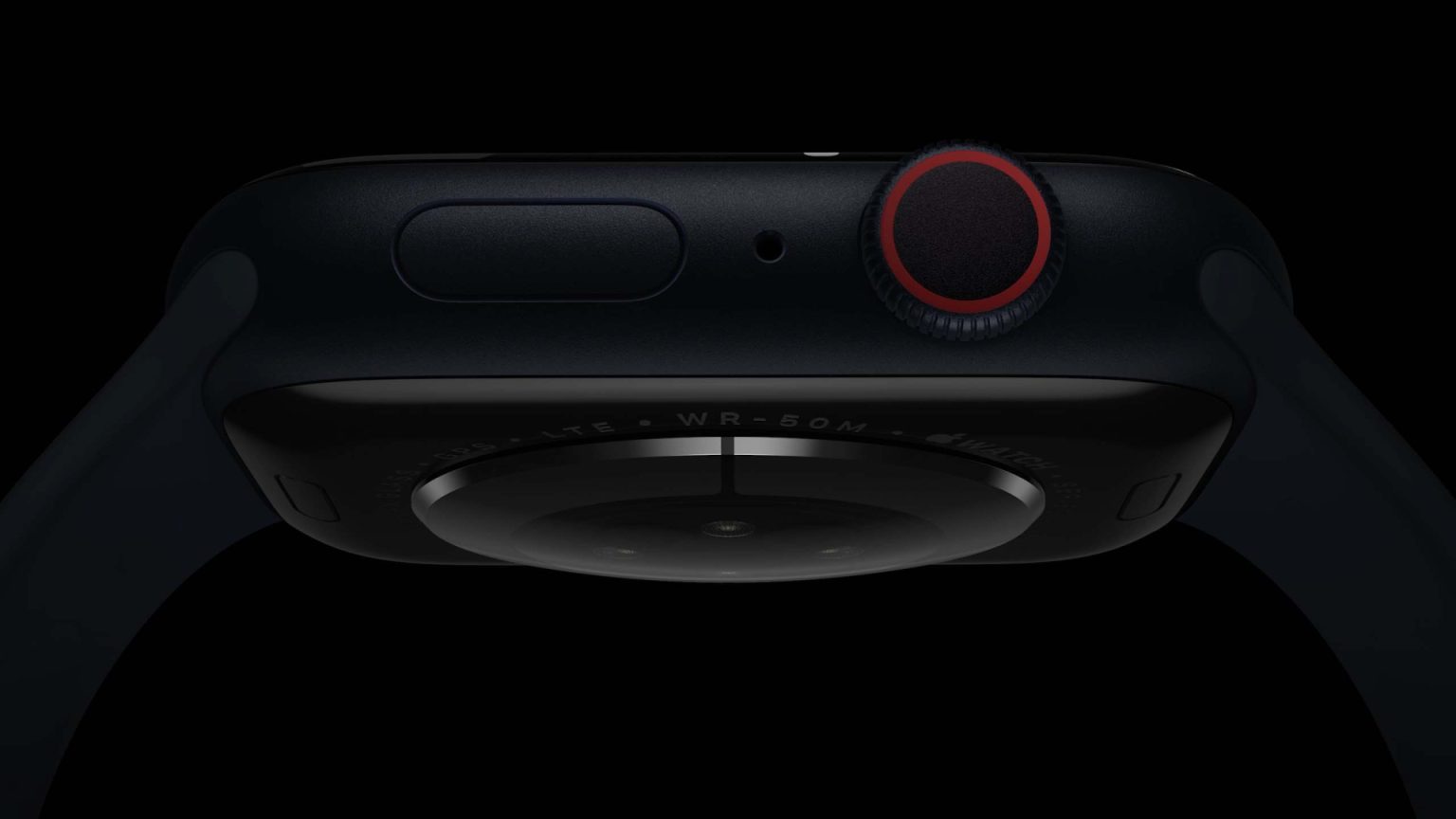A potential class-action lawsuit accusing Apple of racial discrimination over the behavior of its Apple Watch blood oxygen sensor when used with dark skin tones has been dismissed, reports Reuters.
The attempted lawsuit was first filed in December 2022 by Alex Morales, who alleged that he paid an “inflated price” for his Apple Watch mistakenly thinking it would measure his blood oxygen levels accurately “without regard to skin tone.” Morales amended his lawsuit last May, quoting previous research which indicated that traditional blood oxygen sensors are “significantly less accurate” when used on people with darker skin.
U.S. District Judge for the Southern New York District Jed Rakoff has dismissed the proposed case with prejudice, barring any future attempts from Morales to bring the case to court again. Judge Rakoff intends to provide an explanation for his decision by August 31.

Discover new horizons, always connected with eSIM
Travel the world stress and hassle-free with the best eSIM service available. Enjoy unlimited data, 5G speeds, and global coverage for affordable prices with Holafly. And, enjoy an exclusive 5% discount.
Morales additionally pointed out that the substantial consequences of the alleged bias were not effectively addressed until the outbreak of the COVID-19 pandemic brought about “greater awareness of structural racism” in society. In turn, Apple stated that Morales did not provide any allegations to substantiate his fraud claim or demonstrate that he was exposed to any misleading information prior to making his purchase.
The subject of pulse oximeter accuracy with darker skin tones has been a subject of contention among modern scientists for decades. Apple indicates in a white paper published last year the measures it takes with its Apple Watch oximetry sensor to ensure it works reliably irrespective of the user’s skin color.
During research for the feature, the company included subjects in its studies with a “wide range of skin types and tones” to ensure that the sensor can cater to a diverse range of users and preserve its accuracy. The white paper goes on to explain that the Apple Watch automatically adjusts the blood oxygen sensor’s power, light sensitivity, and sampling rate to guarantee and maintain sufficient signal accuracy across different human skin tones.



